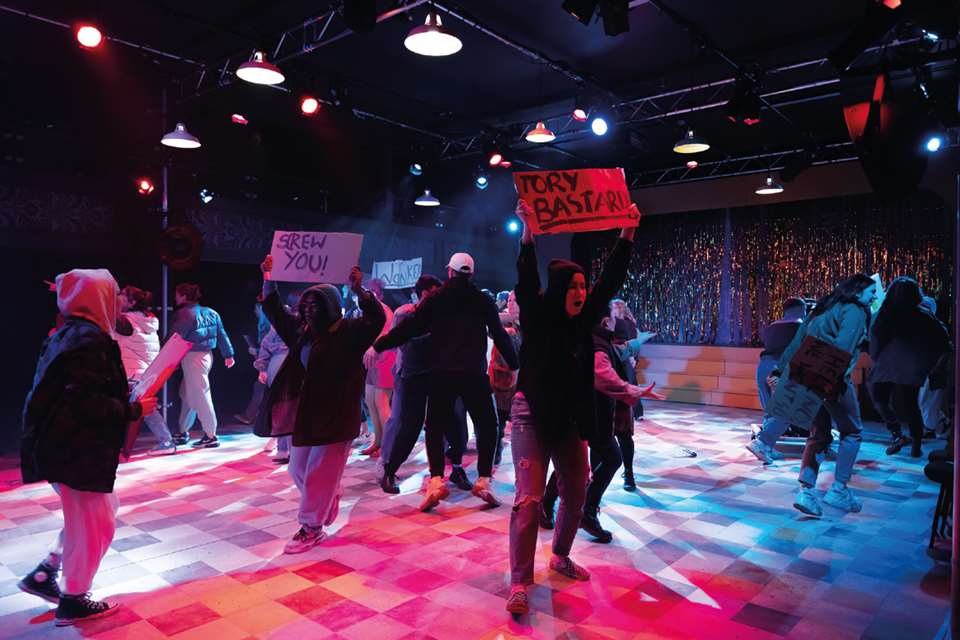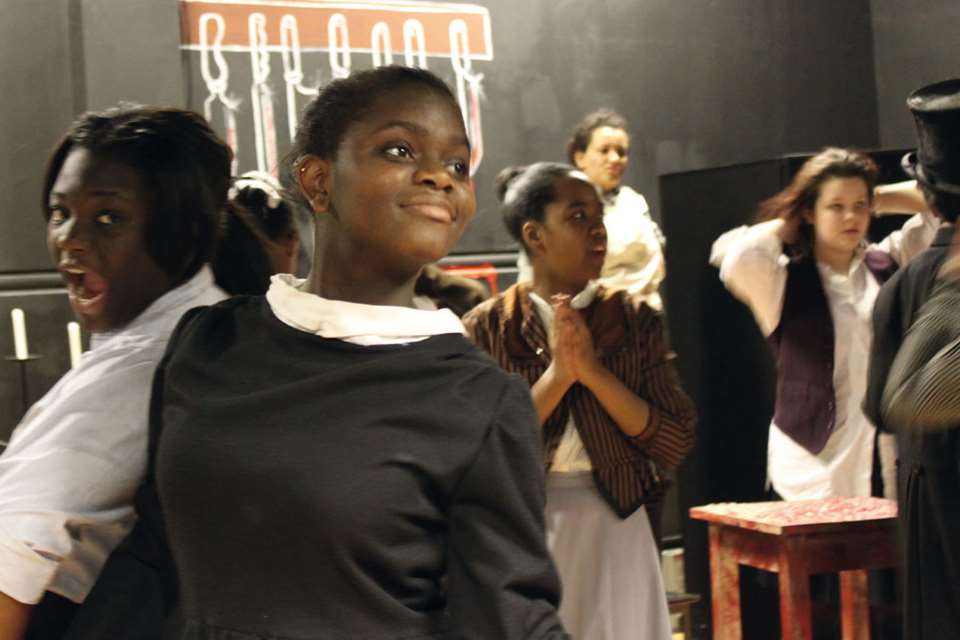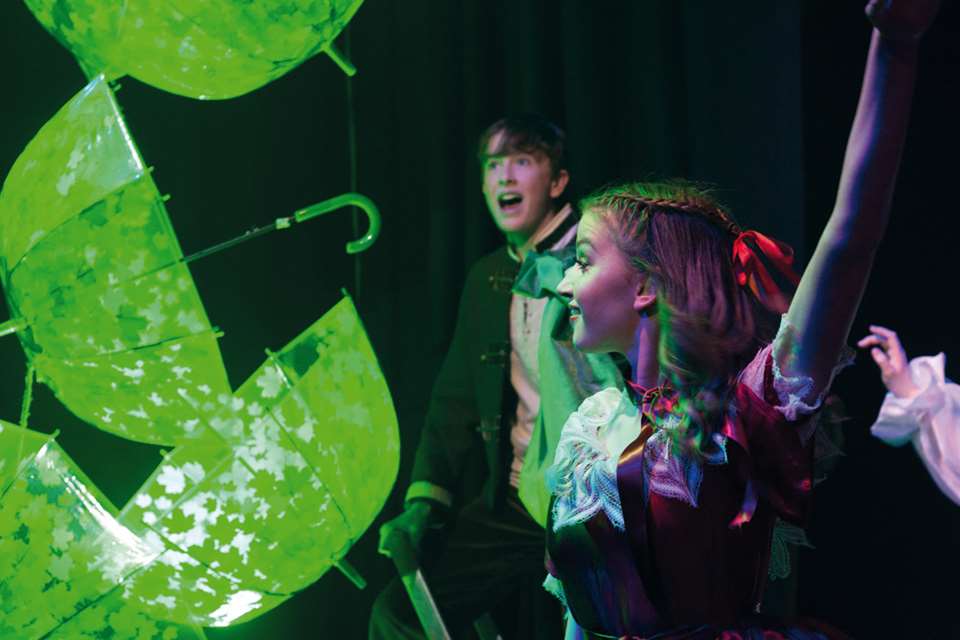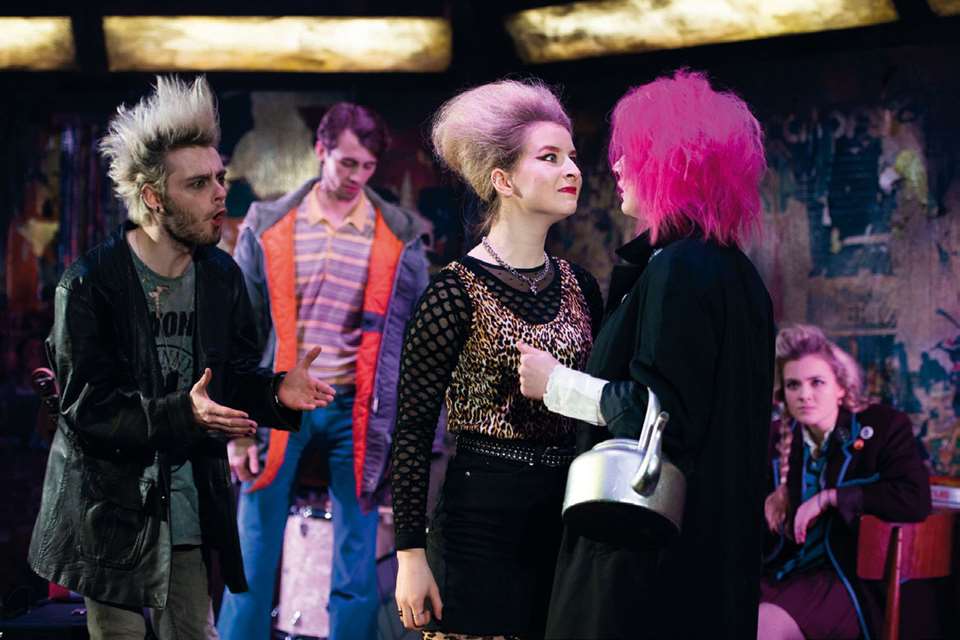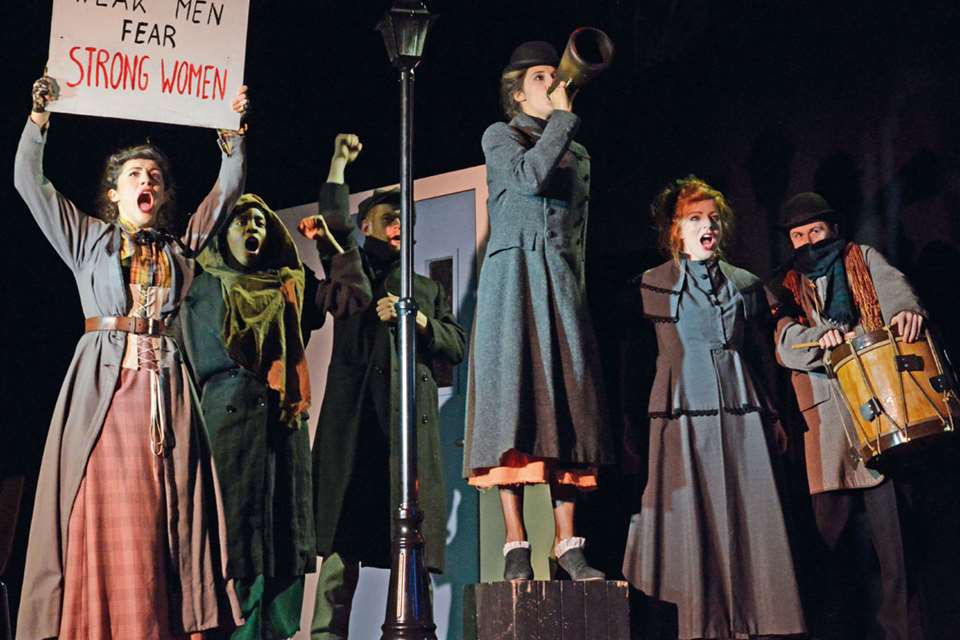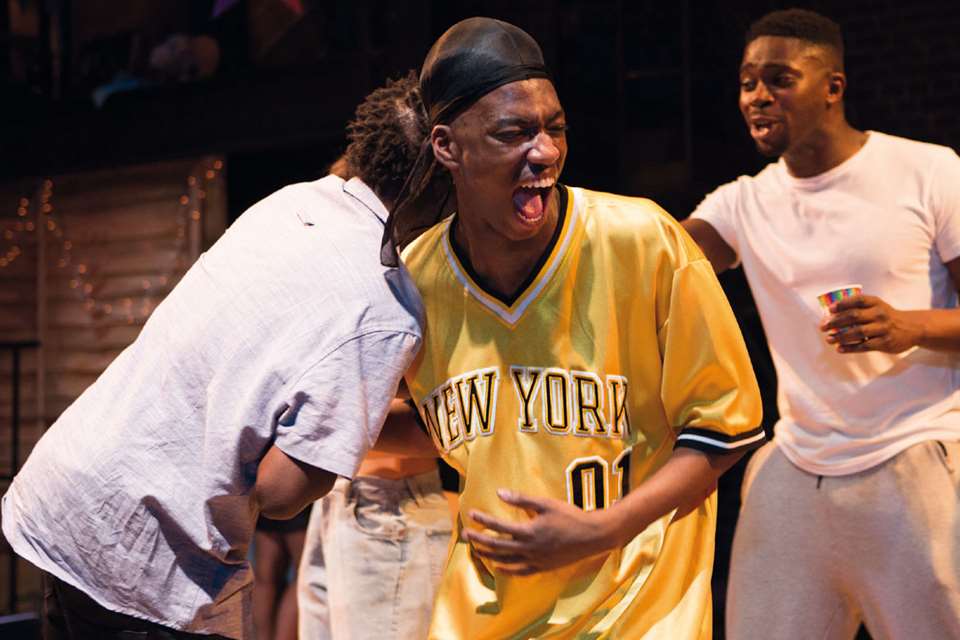Mission Implausible by Tom Kirkham and Matthew Crossey
Tom Kirkham, Matthew Crossey
Sunday, October 1, 2023
Each issue of D&T we bring you a page-to-stage focus on a play for performance with your students, written by someone who's directed it themselves. This issue, Tom Kirkham and Matthew Crossey introduce Mission Implausible.

We have all grown up watching and reading spy stories: franchises such as James Bond, Mission Impossible and Jason Bourne have meant that spies have rarely left our screens over the last few decades, not to mention the hundreds of other films, programmes and books that centre on spies solving mysteries and, more often than not, saving the world. But a spy stage musical? It's not something many of us will have encountered. Until now! Mission Implausible takes a light-hearted approach to the genre, filling the action with memorable characters, exciting moments and catchy songs, all wrapped up in an hour or so of engaging drama aiming to provide its young performers with a truly memorable and thrilling experience.
What's the story?
When arch-villain Dr Yes kidnaps esteemed scientist Professor Sandy Beach, four of MI5's least capable agents find themselves tasked with rescuing him and capturing Dr Yes. Led by Joanna Steed and (un)ably assisted by James Smythe, Simone Templar and Vincent Woods, they track Dr Yes to his maritime lair of the coast of the Isle of Wight. There they learn that the Professor – under duress – has created a device capable of taking over somebody else's voice without them knowing it is even happening. Dr Yes, the largest producer and distributor of single-use plastics throughout the world, plans to use it to take over the voice of the Prime Minister, who is set to deliver his ‘Going Green’ speech in Parliament later that day. Escaping from an ‘unescapable’ prison cell, the agents hurry to London to stop him before it's too late.
Who's who?
Mission Implausible has 39 named parts, evenly split between boys and girls. Having a name goes a long way to making a child feel part of a production, and in this instance the names are also a key part of the characterisation. There are those working for MI5: ‘Y’, ‘P’ and ‘Miss Sterling-Pound’; the ‘Baddies’, including ‘Paws’, ‘Tic-Tac’ and ‘Rosy Webb’, not to mention ‘Miss Abby’ and ‘Miss Martha’, the two elderly ladies whom nobody would ever suspect. There are also the politicians – including ‘Maurice Nonsense’, ‘April May’, ‘Tony Flair’ and ‘Nicola Salmon’ – who are all very much in keeping with the light-hearted and playful tone of the piece. There is also plenty to do for the ensemble, not only in most of the musical numbers but in adding depth and visual interest in many of the scenes/locations. The editable WORD script is available as part of the package, and guidance on adapting the script for smaller/larger casts is included within the book.
Time for a song?
The nine songs are a key part of the show and a great opportunity to get everyone involved. An eclectic mix of pop and musical theatre, with one rap, one ‘music hall’ and one James Bond pastiche, the songs have been written either for a particular group (MI5, Baddies, Politicians) or for the cast as a whole, though solo verses could be given to key characters. In general, the songs are sung in unison with occasional (optional) harmonies or second parts, making them very accessible and great fun to sing. As anyone who has ever directed a show with children will know, the more they enjoy the songs, the more they sing them, the quicker they learn them and the stronger they perform them.
(Don't) paint the scene
Overall, the play is quite cinematic in feel and takes place in a host of different locations: a park, MI5 headquarters, MI5 laboratory, Dr Yes's lair, the cabinet room at 10 Downing Street, a ferry, Dr Yes's laboratory, and Parliament. Rather than making different sets for these locations – which would be time-consuming, potentially expensive and would likely lead to slow transitions between scenes – it is probably best to allow the audience to work out where the scene is set from the positioning and nature of the characters as well as the action that takes place. Pace is key in a production like this: long blackouts are a great opportunity for checking mobile phones, so rattle through the transitions, bring children on from every conceivable entrance, and, if a set needs changing, do it with the lights up and a touch of playfulness.
What's it trying to say?
First and foremost, the show is about engaging its young performers and providing an opportunity to enjoy putting on a show as part of a big ensemble. But hidden beneath its lighthearted tone are universal themes such as prioritising the environment, single-use plastics, government, power and bravery, raising important talking-points and providing plenty of food for thought both for cast and audience alike.



